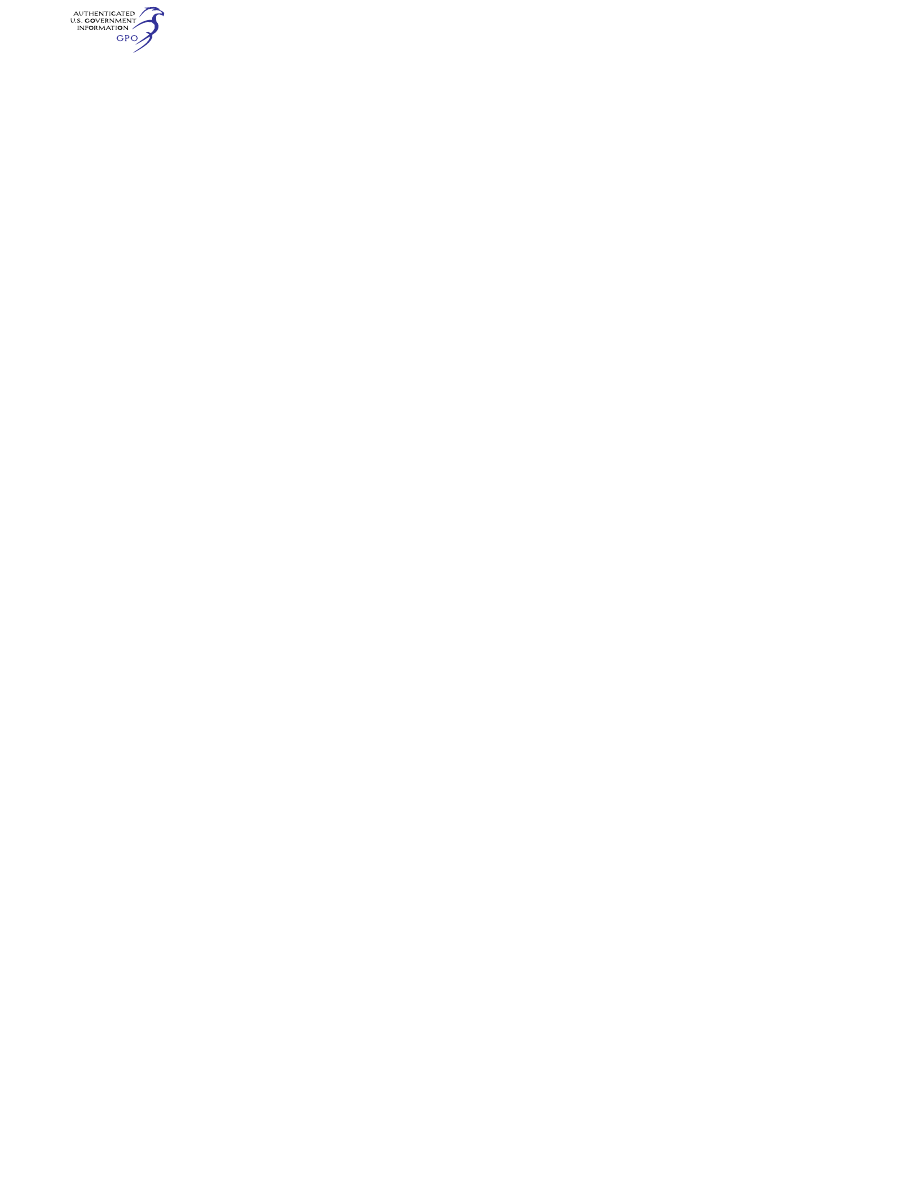
694
14 CFR Ch. I (1–1–24 Edition)
§ 31.43
§ 31.43
Fitting factor.
(a) A fitting factor of at least 1.15
must be used in the analysis of each
fitting the strength of which is not
proven by limit and ultimate load tests
in which the actual stress conditions
are simulated in the fitting and sur-
rounding structure. This factor applies
to all parts of the fitting, the means of
attachment, and the bearing on the
members joined.
(b) Each part with an integral fitting
must be treated as a fitting up to the
point where the section properties be-
come typical of the member.
(c) The fitting factor need not be
used if the joint design is made in ac-
cordance with approved practices and
is based on comprehensive test data.
§ 31.45
Fuel cells.
If fuel cells are used, the fuel cells,
their attachments, and related sup-
porting structure must be shown by
tests to be capable of withstanding,
without detrimental distortion or fail-
ure, any inertia loads to which the in-
stallation may be subjected, including
the drop tests prescribed in § 31.27(c). In
the tests, the fuel cells must be loaded
to the weight and pressure equivalent
to the full fuel quantity condition.
[Amdt. 31–3, 41 FR 55474, Dec. 20, 1976]
§ 31.46
Pressurized fuel systems.
For pressurized fuel systems, each
element and its connecting fittings and
lines must be tested to an ultimate
pressure of at least twice the maximum
pressure to which the system will be
subjected in normal operation. No part
of the system may fail or malfunction
during the test. The test configuration
must be representative of the normal
fuel system installation and balloon
configuration.
[Amdt. 31–3, 41 FR 55474, Dec. 20, 1976]
§ 31.47
Burners.
(a) If a burner is used to provide the
lifting means, the system must be de-
signed and installed so as not to create
a fire hazard.
(b) There must be shielding to pro-
tect parts adjacent to the burner
flame, and the occupants, from heat ef-
fects.
(c) There must be controls, instru-
ments, or other equipment essential to
the safe control and operation of the
heater. They must be shown to be able
to perform their intended functions
during normal and emergency oper-
ation.
(d) The burner system (including the
burner unit, controls, fuel lines, fuel
cells, regulators, control valves, and
other related elements) must be sub-
stantiated by an endurance test of at
least 40 hours. Each element of the sys-
tem must be installed and tested to
simulate actual balloon installation
and use.
(1) The test program for the main
blast valve operation of the burner
must include:
(i) Five hours at the maximum fuel
pressure for which approval is sought,
with a burn time for each one minute
cycle of three to ten seconds. The burn
time must be established so that each
burner is subjected to the maximum
thermal shock for temperature affected
elements;
(ii) Seven and one-half hours at an
intermediate fuel pressure, with a burn
time for each one minute cycle of three
to ten seconds. An intermediate fuel
pressure is 40 to 60 percent of the range
between the maximum fuel pressure
referenced in paragraph (d)(1)(i) of this
section and minimum fuel pressure ref-
erenced in paragraph (d)(1)(iii);
(iii) Six hours and fifteen minutes at
the minimum fuel pressure for which
approval is sought, with a burn time
for each one minute cycle of three to
ten seconds;
(iv) Fifteen minutes of operation on
vapor, with a burn time for each one
minute cycle of at least 30 seconds; and
(v) Fifteen hours of normal flight op-
eration.
(2) The test program for the sec-
ondary or backup operation of the
burner must include six hours of oper-
ation with a burn time for each five
minute cycle of one minute at an inter-
mediate fuel pressure.
(e) The test must also include at
least three flameouts and restarts.
VerDate Sep<11>2014
09:06 Jun 28, 2024
Jkt 262046
PO 00000
Frm 00704
Fmt 8010
Sfmt 8010
Y:\SGML\262046.XXX
262046
jspears on DSK121TN23PROD with CFR